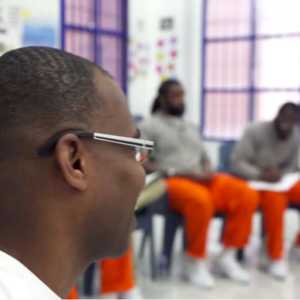Homicide rates rose 30 percent in U.S. cities in 2020, study finds
Homicide rates in U.S. cities rose sharply in 2020, a report from Arnold Ventures and the National Commission on COVID-19 and Criminal Justice finds.
Based on an analysis of ten types of offenses in thirty-four cities with populations ranging from 245,000 to 8.42 million, the report, Pandemic, social unrest, and crime in U.S. cities: 2020 year-end update (26 pages, PDF), found that the aggregate homicide rate in 2020 jumped 30 percent on a year-over-year basis, to 11.4 deaths per hundred thousand residents — well below the historical high of 19.4 deaths per 100,000 residents in 1995.
In 2020, twenty-nine of the sample cities saw a rise in the number of homicides, with New York City, Los Angeles, and Chicago accounting for 40 percent of the increase. Across all cities in the sample, homicide rates were higher on a year-over-year basis in every month — and were up 32.5 percent in January and February, 19.4 percent from March through May (when stay-at-home restrictions were in place), 37.2 percent in June through August, and 28.2 percent over the rest of the year.
While COVID-related pressures on at-risk individuals and key institutions as well as nationwide protests against police violence likely contributed to the higher rates, the report's authors write, the fact that rates were already on the rise in January and February suggests there may be other factors involved. The report also found that in 2020 overall rates increased for aggravated assault (up 6 percent from 2019), gun assault (up 8 percent), and motor vehicle theft (up 13 percent), while rates fell for residential burglary (down 24 percent), non-residential burglary (7 percent), larceny (16 percent), and drug offenses (30 percent).
Launched in July by the Council on Criminal Justice and co-chaired by former U.S. attorneys general Alberto Gonzales and Loretta Lynch, the commission released recommendations in December urging policy makers to reshape the criminal justice system based on lessons learned in the pandemic.
"The fabric of American society has been tested in unprecedented ways in the past year — by the pandemic, the struggle against racial injustice, and economic decline," said Richard Rosenfeld, Curators' Distinguished Professor Emeritus of Criminology and Criminal Justice at the University of Missouri - St. Louis, who co-authored the report. "The combination of these stressors and a lack of effective outreach to at-risk individuals likely contributed to the elevated homicide rates we've seen in 2020."
(Image credit: Centers for Disease Control and Prevention)






